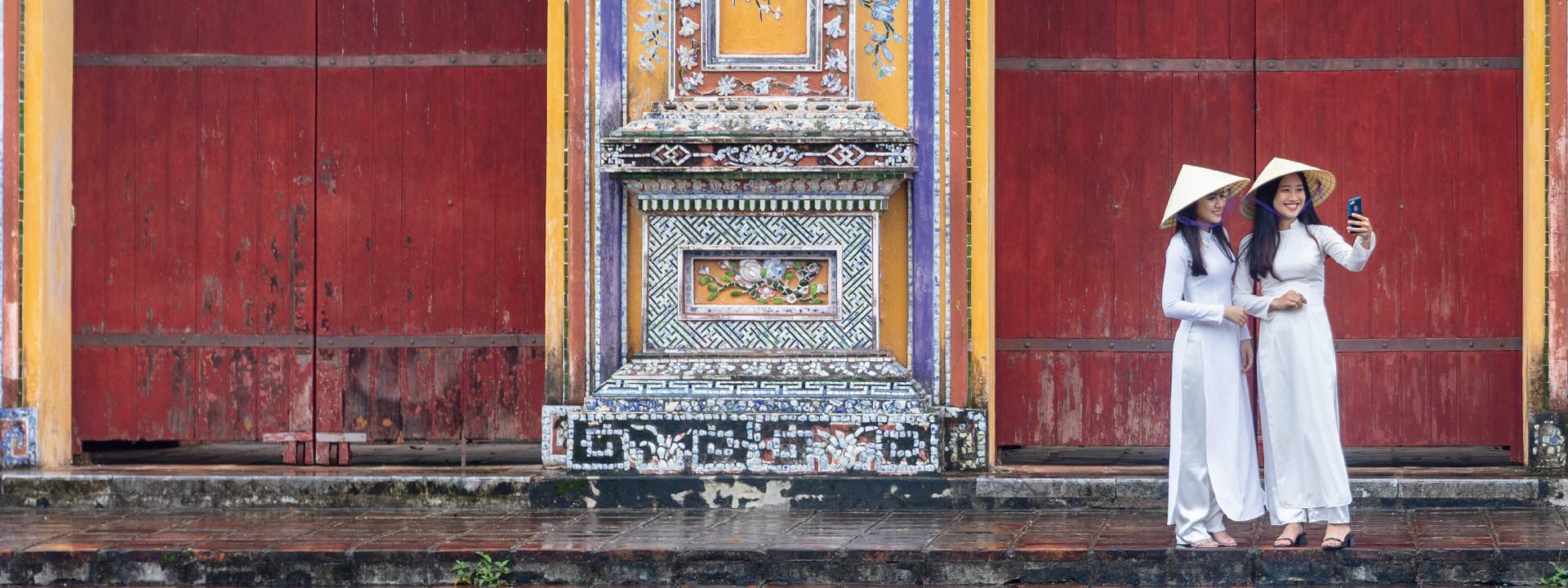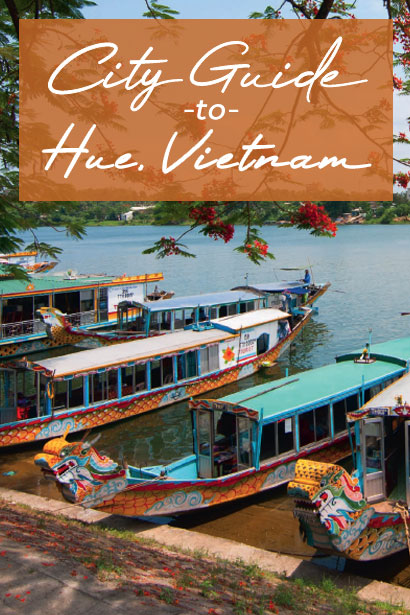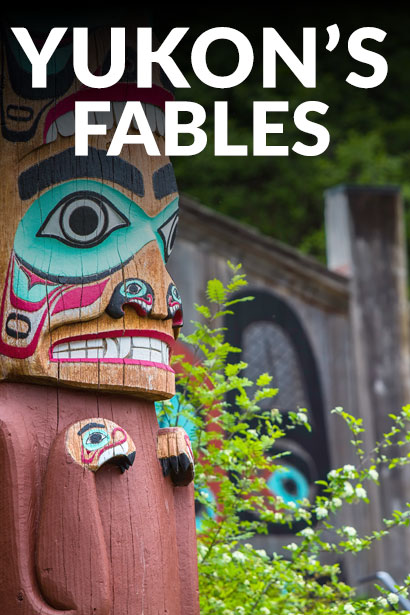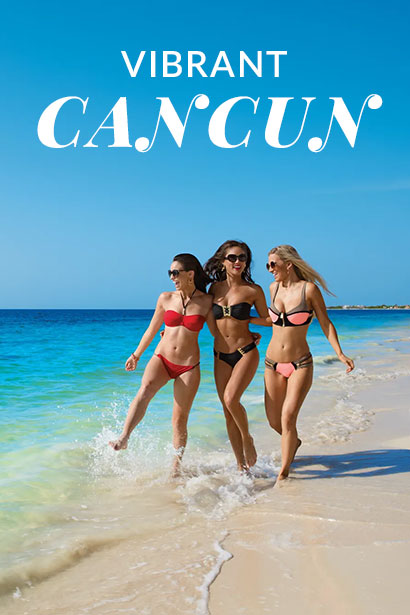

Extend your Vietnam stay in regal Hue
SELECT & REPLACE WITH ANOTHER TEMPLATE
Set on the Perfume River, whose sobriquet is said to come from fragrant flowers falling into the water in autumn and being carried downstream, Hue is synonymous with opulence. Vietnam’s last royal capital promises visitors a rare peek into the imperial past, starting with the city’s centerpiece, the walled citadel, where for just shy of 150 years the Nguyen dynasty administered the country. Follow the emperor’s footsteps through the Purple Forbidden City, then explore the string of lavish mausoleums on Hue’s fringes where each successive leader was laid to rest. Court music, woodblock printing and needlework are among Hue’s living cultural traditions, showcased in the city’s museums and spotlighted at the biennial Hue Festival, next scheduled for April 2024.
It might be tempting to think of Hue as a memory box, but time marches on and the city matches its historical monuments and ancient pagodas with modern markets, contemporary galleries and a superlative street food scene. Many of Hue’s signature dishes — fragrant soups, delicate dumplings and seafood specialties — were dreamed up in the palace scullery before being exported around Vietnam.
Today, the city is home to around half a million people. It’s an unrushed interlude between Hanoi and Ho Chi Minh City, helped by its location in the coastal Thua Thien Hue province, almost exactly halfway between the two metropolises. Backed by limestone and granite mountains and with a run of tranquil beaches on its doorstep, it doubles as a base for exploring Central Vietnam’s most spectacular landscapes.
SELECT & REPLACE WITH ANOTHER TEMPLATE

Perfume River, Vietnam
HISTORY
As capital of the Dang Trong region from 1738 to 1775 and the national capital from 1802 to 1945 — serving as the administrative hub until Ho Chi Minh evoked the Democratic Republic and shifted the center of power to Hanoi — Hue is unrivaled as a gateway to discovering dynastic Vietnam.
Everything refers back to the Nguyens, who reigned sovereign from 1802 to 1883 and continued exercising nominal power over select territories throughout the French colonial period. The Nguyens’ ancestral seat until 1945, the Imperial City is situated inside the Hue Citadel or Dai Noi, a vast complex of palaces, gates, temples and elegant pavilions separated from the rest of Hue by a moat.
Dedicate at least two hours to wandering the labyrinthine grounds, entering via the grand Meridian Gate. Highlights include Can Thanh Palace, with its luminous red and gold niches, and the Hien Lam Pavilion, home to nine bronze urns cast in tribute to the nonet of emperors. The once-impenetrable Purple Forbidden City, an inner sanctum encased by nine-foot-high walls, contains the sublime Palace of Supreme Harmony (currently under renovation and set to reopen in August 2025).
As impressive as Hue’s royal living quarters are, they’re rivaled by the ornate edifices fashioned as final resting places for the Nguyen emperors. Known collectively as the imperial tombs, there are seven mausoleums flung across Hue’s pastoral countryside, and each one offers a glimpse into the character and leadership style of its interred ruler.
Continue to the outskirts of Hue to cross the Thanh Toan Bridge, an 18th-century wooden structure with a tiled roof, and to tour the An Dinh Palace, Emperor Bao Dai’s private residence before he abdicated the throne. It doesn’t require much imagination to conjure up images of courtiers in their flowing ao dai tunics and khan van turbans promenading on the Nam Giao Esplanade, a huge ceremonial ground built in 1803 as a stage for the emperor’s springtime rituals.
SELECT & REPLACE WITH ANOTHER TEMPLATE

Thien Mu Pagoda
CULTURE
Serving as Vietnam’s capital for over a century cemented Hue’s position at the helm of education and politics. The city’s royal pedigree enticed artists and intellectuals from around the country, making Hue an important center of culture. Nha nhac, traditional Vietnamese court music, floats through the streets. Attend a formal recital of nha nhac cung dinh Hue (Hue royal court music) featuring the two-stringed erhu and traditional flute at the Duyet Thi Duong Royal Theater.
Learn about Hue’s heritage of handicrafts at the Museum of Royal Antiquities, where an extensive exhibition of ceramics, textiles and dynastic dress awaits. Drop into the XQ Hand Embroidery Art Museum for fine examples of hand-stitched still lifes, a fresh take on an honored Hue genre, and view contemporary canvases by Hue-born Le Ba Dang at his eponymous art museum.
Once reserved for the emperor’s hunting trips, traditional dragon boats now ply the Perfume River, taking visitors to Thien Mu Pagoda. Meandering paths invite lingering walks through the ornamental gardens and pine forests here, culminating with the seven-story Phuoc Duyen tower, which is the unofficial symbol of Hue.
SELECT & REPLACE WITH ANOTHER TEMPLATE

Street market
FOOD + DRINK
In a country often lauded as a foodie’s paradise, Hue distinguishes itself with a sophisticated cuisine contrived to titillate the discerning taste buds of the royal court. Some spreads for a Nguyen emperor are said to have possibly included 300 dishes or more — Kim Long Fine Dining at Ancient Hue Garden Houses presents a tamer version of the Hue Imperial Banquet, fusing local produce with European techniques for a modern take on the signature feast.
Several of Vietnam’s street food staples were born here, including bun bo Hue, a sumptuous noodle soup featuring beef shank simmered in lemongrass-scented broth. This rich dish also often includes the likes of pork knuckle and oxtail, and various garnishes. Try it at Bun Bo Hue O Phuong, where the proprietress has spent 20 years finessing the balance of banana blossom, cilantro and perilla. Maison Trang dishes out one of the city’s best banh beo Hue, steamed rice cakes presented in single-serve dishes and dressed with fried shrimp and scallion oil, while banh bot loc, shrimp and pork belly parcels encased in chewy tapioca, is ubiquitous. Head to Com Hen, an islet in the Perfume River, to savor com hen, rice crowned with flash-cooked basket clams and fresh herbs and vegetables.
Alternatively, do as the locals do and grab a bite at buzzing Dong Ba, a covered market built during the reign of Emperor Gia Long. Nem lui, ground pork marinated in fish sauce, black pepper and garlic, molded around a shard of lemongrass then charred to perfection, is a popular evening snack and ideal market fare. Cap it off with a glass of ca phe muoi — salted coffee — a Hue-style digestif made by filtering strong drip coffee over a foamy mix of fermented milk, salt and sugar. The eponymous Ca Phe Muoi café lays claim to the original recipe.
SELECT & REPLACE WITH ANOTHER TEMPLATE

Tam Giang Lagoon
OUTDOORS
Positioned at one of Vietnam’s narrowest points, Hue enjoys the best of both worlds, with unfettered access to the coast and the rugged mountains that define the western frontier. Formed where the Perfume River spills out into the South China Sea, Tam Giang is part of Southeast Asia’s largest lagoon system. Make a pilgrimage to one of the many viewpoints to watch the sun set, or explore the Ru Cha littoral park, where the arced arms of ancient mangroves shade the boardwalks. White-sand swimming beaches edge the entire isthmus, with Thuan An a crowd favorite for its seafood restaurants and traditional fishing boats picturesquely arranged along the shore.
Traveling inland, the Truong Son mountains can be reached in less than an hour. Burrowed in the foothills, the Thanh Tan Hot Springs were first discovered in the 1920s by French military doctor Albert Sallet. Plunge into the network of pools that snakes through the forest, fed by magnesium and calcium-rich thermal waters. Other adventure activities in the area include a zip line and a highwire.
SELECT & REPLACE WITH ANOTHER TEMPLATE

Relaxing rooftop pool
HOTELS
Facing the citadel from the opposite bank of the river, the twin districts of Vinh Ninh and Phu Hoi offer local restaurants and easy access to the old city via lively Le Loi Park. To immerse yourself in Hue’s colonial charms, reserve a room at striking hotel Azerai La Residence, the former French Resident-Superieure’s villa whose rooms preserve 1930s art deco flourishes. There’s also a saltwater pool overlooking the Perfume River. For modern luxury, the Melia Vinpearl is located in a 34-story building and sports a heated rooftop pool, sky terrace and suites with panoramic city views. Travelers seeking royal treatment should book inner-city Alba Spa Hotel, where the wellness center uses mineral waters sourced from the Truong Son geothermal springs.
SELECT & REPLACE WITH ANOTHER TEMPLATE



